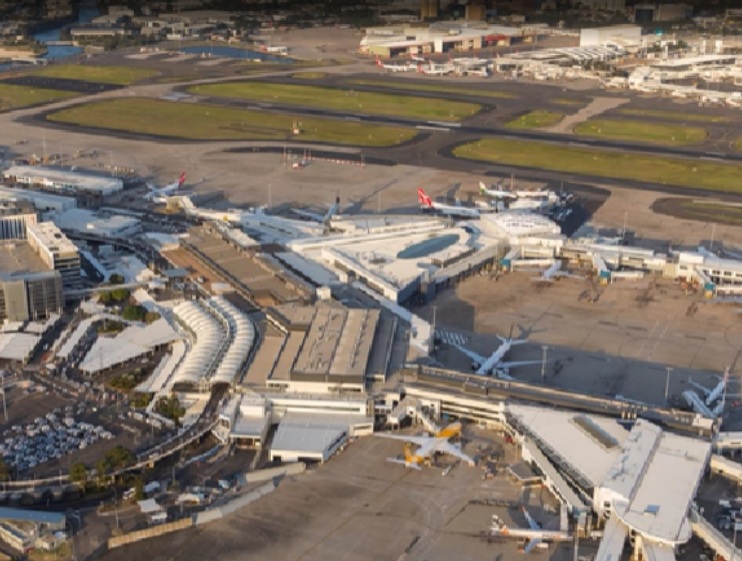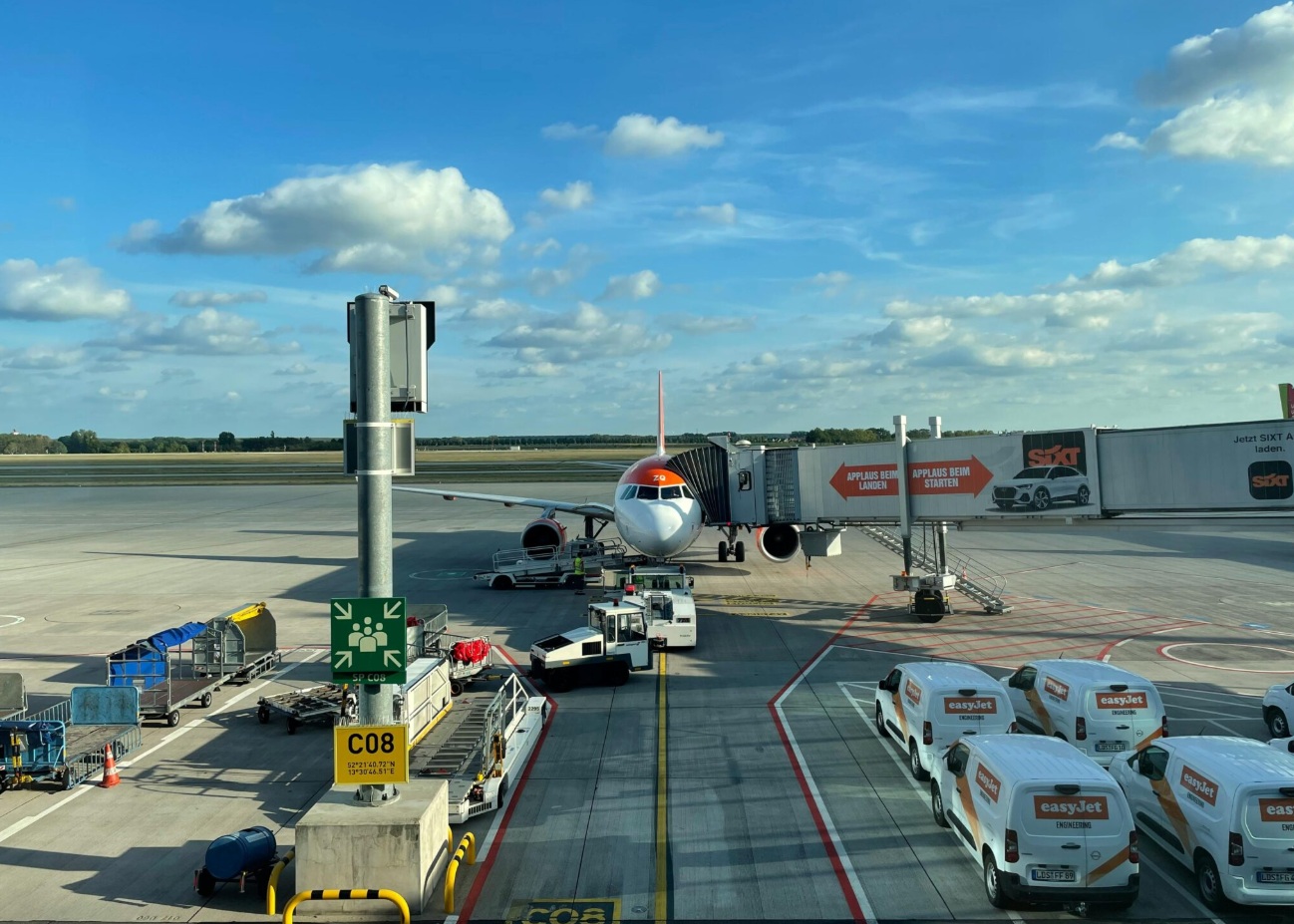Why today's transport operators need a sound digital strategy
Contents |
Introduction
19th November, 2024: As a symbol of disappointing infrastructure delivery, Berlin Brandenburg airport stands tall. Originally set to open in October 2011, by 2016, the airport was still lying unused. Its press spokesman was promptly fired after his unadorned assessment of the state of play. “Only someone dependent on medication will give you any firm guarantees for this airport,” he declared.
The historic inefficiencies of the AEC sector, in transport and beyond, are well known. It has been amongst the slowest sectors to go digital, and a laggard when set against sectors such as retail and manufacturing.
In 2022, the Institution of Civil Engineers (ICE), the UK’s prestigious professional body, stated in its “Infrastructure in 2023: a horizon scan of the year ahead for civil engineering” report that, while individual programmes had demonstrated outstanding examples of digitalisation good practice, the sector as a whole had yet to realise the potential of a data-led, digital way of working. “To date, progress has been on a project-by-project basis, driven by specific requirements, ambitions and technologies,” it said. “There is no overarching vision to ensure that the industry moves forward in the most productive and useful way for society.”
Of course, the woes that beset major transport programmes are not all on the dire scale of Berlin Brandenburg, which finally opened in May 2020, 14 years after construction started, 29 years after planning begun – and during the pandemic.
But, if our critical transport assets are to be designed, built, and maintained in the most productive, efficient and safest way and if we are, as a sector, to successfully respond to major challenges such as climate change then getting the most out of technology is critical.
Flying high with digital at Sydney Airport
Those transport owner operators leading the pack, show what can be achieved with the right digital tools and processes in place. Take, for example, Sydney Airport which Bentley Systems and Cohesive (Cohesive is a Bentley company) have been supporting to realise its vision of a live digital simulation of its entire site.

|
”If these users were to access the platform just once a day, they would save 5,280 hours per year.." |
The Sydney story will be a familiar one to many transport operators weighing up how to go digital. Speaking in 2022, Kim Cohen, team leader of the Sydney Airport project, explained the problem it faced: “Complex data was scattered across different business units and stored in respective databases and systems.
“While users may be looking at the same asset, the data pertaining to the asset will be contained in different data silos making it difficult for users to see information specific to their needs.”
Using OpenCities, Sydney has integrated this data (including financial and asset data, metadata, models and documents) to create a platform where teams across the airport can quickly and easily find accurate, trusted information they need. In 2022 there were 200 users of the platform. Cohen suggested that if those individuals used it just once a day, they would save 5,280 hours per year. You can watch more about Sydney’s activities and the benefits being unlocked here.
Data deluge
The digital solutions and technologies available to infrastructure professionals are today extensive. They include generative AI, digital twins, distributed ledger, Internet of things devices and enterprise asset management technologies.
But the solid foundations for technology implementations need to be in place. Above all, this means trusted, accurate, current data.
Today a lack of data is hardly a problem. Any major capital delivery programme, for example, will generate and procure terabytes of data. The key issue is how to manage that data, structure it and access it to gain value from it, support sound, quick decision making and unlock efficiencies.
I’ve been privileged to work over many years with HS2, Europe’s biggest infrastructure project. The programme has prioritised effective use of data from the off. We have helped it through creation of its ‘visualisation hub’ – a secure platform which connects complex and disparate data sets, such as GIS, BIM, CAD models, asset, safety, and project controls data.
The single, unified hub, developed using the Cohesive DataConnect platform, is supporting the collaborative and efficient capture, sharing, integration and visualisation of engineering and asset data.
Ultimately, it will underpin HS2’s digital twin capabilities with the aim of enabling them to operate the railway virtually, ahead of operating it in real life. It will support the network’s operators and maintainers with optimised management and maintenance of the railway, in extending the operational lifespan of the assets, and in setting new standards of customer experience for its end users.
The value of ‘good’ data was further underlined by Heathrow Airport. Its then Digital Director, Jon Kerbey, (now Regional MD, EMEA, at Cohesive) said in a 2021 interview that “data is as important – or more important – than our physical assets.”
The story of Berlin Brandenburg’s construction will go down in history. But it’s time for a new narrative in our transport infrastructure field – one of efficient programmes and reliable, smooth-running operations, powered by digital technologies and fuelled by high quality, trusted, and secure data. To learn more about Cohesive, follow us on LinkedIn.
This article originally appeared as 'The end of the line' on the website of Cohesive Group. It was written by Rennie Chadwick, Regional Director for UK, Ireland, and the Middle East. He brings more than 35 years’ experience supporting asset intensive organisations and major capital programmes to improve performance through the application of innovative technologies, data and digital strategies, and strategic change management. Previously EMEA director of Transport & Mobility, Rennie also brings extensive experience in the Energy, Building and Manufacturing sectors.
For more information on how Cohesive supports asset owner operators with digital transformation and the change programmes which are such a vital part of them, please contact us here.
--Cohesive
Related articles on Designing Buildings
- Airport.
- BIM for Infrastructure Planning.
- BIM in infrastructure.
- BIM.
- Heathrow Airport expansion.
- Heathrow Terminal 5.
- How can infrastructure be retrofitted in the digital age?
- Infrastructure.
- Insight into Heathrow third runway.
- London City Airport expansion.
- Madrid Barajas Airport.
- Procurement of Heathrow T5.
- Taiwan Taoyuan International Airport Terminal 3.
- Thames estuary hub airport.
BIM Directory
[edit] Building Information Modelling (BIM)
[edit] Information Requirements
Employer's Information Requirements (EIR)
Organisational Information Requirements (OIR)
Asset Information Requirements (AIR)
[edit] Information Models
Project Information Model (PIM)
[edit] Collaborative Practices
Industry Foundation Classes (IFC)









